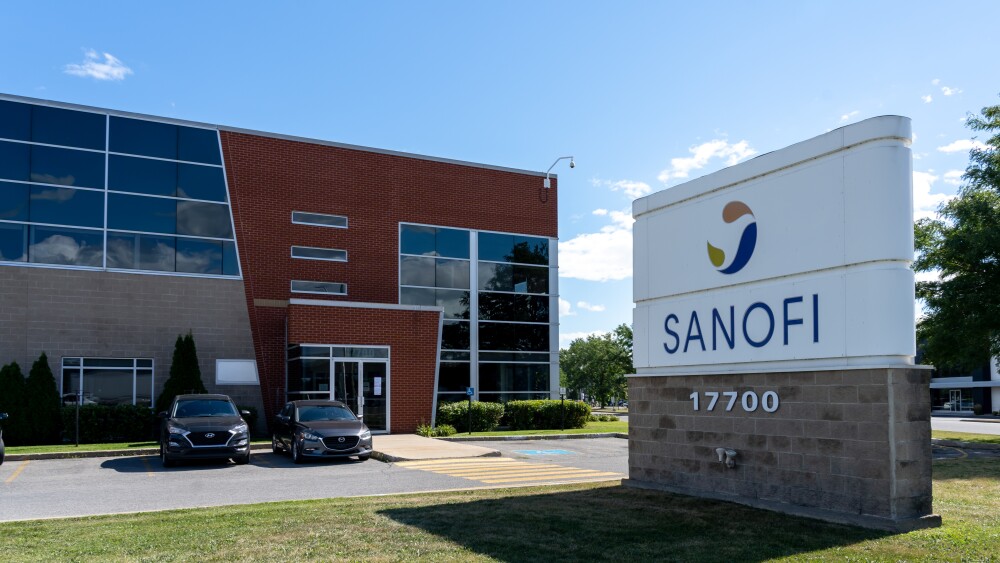Max Planck researchers assemble metamaterial crystal formations that obey laws of quantum physics and allow exploration of the exotic nature of the microworld
Andor iXon 897 visualises simulated quantum matter Max Planck researchers assemble metamaterial crystal formations that obey laws of quantum physics and allow exploration of the exotic nature of the microworld 14th August 2014, Belfast, UK: A team of physicists at the Max Planck Institute of Quantum Optics is gaining unique insights into the nature of solid materials by monitoring the behaviour of quasi-crystalline ‘super atoms’ created inside a giant, room-sized Quantum Simulator, capturing the interactions with an Andor iXon 897 EMCCD camera.
Within the Quantum Simulator, which took four years to build, the scientists create the quasi crystals by constraining rubidium atoms in optical lattices and exciting them to high-lying, long-range interacting atomic states. The resulting ‘super atom’ creations obey the laws of quantum physics and are arranged simultaneously into different configurations, as if a single crystal would be graphite and diamond at the same time. Although this contradicts everyday reality, such superimpositions are allowed in quantum matter.
“It is impossible to track the movement of individual electrons in a real solid, but quantum physics enables scientists to approach areas of science that at first glance may seem undefinable or defy our understanding entirely,” according to Dr Immanuel Bloch, Director at the Institute. “The Quantum simulator enables the study of solid-state like systems on the single-particle level, as if one could image individual electrons in a solid. However, acquiring images of the atoms in the quasi crystals demands a detector with exceptional sensitivity and we chose the Andor iXon 897 EMCCD camera.
“When the individual atoms are pinned in the optical lattice, we illuminate with near-resonant light. This starts them fluorescing, acting as very small point sources at typical inter-condensate distances of 532 nm in our setup. Because the iXon EMCCD camera is capable of collecting the few thousand scattered photons per atom, we clearly discern individual atoms.
“Observing how our crystal metamaterials form in the simulator is advancing our understanding of how these processes are driven in the real world. It also facilitates completely new science, for instance in quantum computing, because we establish the parallel existence of different quantum states. It is possible, in principle, to test simultaneously all the possible solutions to a problem and our simulator already allows us to observe quantum behaviour that is beyond the capabilities of the world’s most powerful supercomputers.”
“The single photon detection capability of the iXon 897 is ideally suited to observing the formation of these metamaterials, “says Colin Duncan of Andor. “Combined with greater than 90% QE and TE cooling to -100°C, the back-illuminated sensor allows for maximum possible photon collection efficiency and extreme sensitivity, allowing clear imaging of the individual atoms in the crystal formations during the experiment.”
To learn more about the iXon 897 or the iXon camera series and their use in microscopy and spectroscopy, please visit the Andor website at www.andor.com/scientific-cameras.
The image above is available for download. Either click on the image or contact John Waite at Catalyst Communications.
References
• http://www.mpq.mpg.de/cms/mpq/en/news/press/archiv/2012/12_11_01.html
• Schauss, P., Cheneau, M., Endres, M., Fukuhara, T., Hild, S., Omran, A., Pohl, T., Gross, C., Kuhr, S. & Bloch, I. Observation of spatially ordered structures in a two-dimensional Rydberg gas. Nature, November 1st (2012)
About Andor
Andor is a global leader in the pioneering and manufacturing of high performance scientific imaging cameras, spectroscopy solutions and microscopy systems for research and OEM markets. Andor has been innovating the photonics industry for over 20 years and continues to set the standard for high performance light measuring solutions, enabling its customers to break new ground by performing light measurements previously considered impossible. Andor’s digital cameras, are allowing scientists around the world to measure light down to a single photon and capture events occurring within 1 billionth of a second.
Andor now has over 400 staff across 16 offices worldwide, distributing products to over 10,000 customers in 55 countries. Andor’s products are used in a wide range of applications including medical research to further the understanding of heart disease, cancer and neuronal diseases such as Alzheimer’s and Parkinson’s disease. Andor also has applications for forensic science and astronomy. Through continuous dialogue with customers and strong teamwork, Andor continues to innovate ground-breaking products that improve the world in which we live.
More information is available at www.andor.com.
About Oxford Instruments plc
Oxford Instruments designs, supplies and supports high-technology tools and systems with a focus on research and industrial applications. Innovation has been the driving force behind Oxford Instruments’ growth and success for over 50 years, and its strategy is to effect the successful commercialisation of these ideas by bringing them to market in a timely and customer-focused fashion.
The first technology business to be spun out from Oxford University, Oxford Instruments is now a global company with over 2300 staff worldwide and is listed on the FTSE250 index of the London Stock Exchange (OXIG). Its objective is to be the leading provider of new generation tools and systems for the research and industrial sectors with a focus on nanotechnology. Its key market sectors include nano-fabrication and nano-materials. The company’s strategy is to expand the business into the life sciences arena, where nanotechnology and biotechnology intersect.
This involves the combination of core technologies in areas such as low temperature, high magnetic field and ultra high vacuum environments; Nuclear Magnetic Resonance; x-ray, electron, laser and optical based metrology; atomic force microscopy; optical imaging; advanced growth, deposition and etching.
Oxford Instruments aims to pursue responsible development and deeper understanding of our world through science and technology. Its products, expertise, and ideas address global issues such as energy, environment, security and health. For further information, please contact Andor Technology direct or their marketing agency, Catalyst Communications.
Andor Technology plc.
Corporate Headquarters
7 Millennium Way
Springvale Business Park
Belfast BT12 7AL
+44 (0) 28 9027 0812
Andor website
press@andor.com
Catalyst Communications
The Annexe
2 Crispin Way
Farnham Common
Buckinghamshire SL2 3UE
+44 (0) 1753 648 140
john.waite@catalystpr.com
Help employers find you! Check out all the jobs and post your resume.




